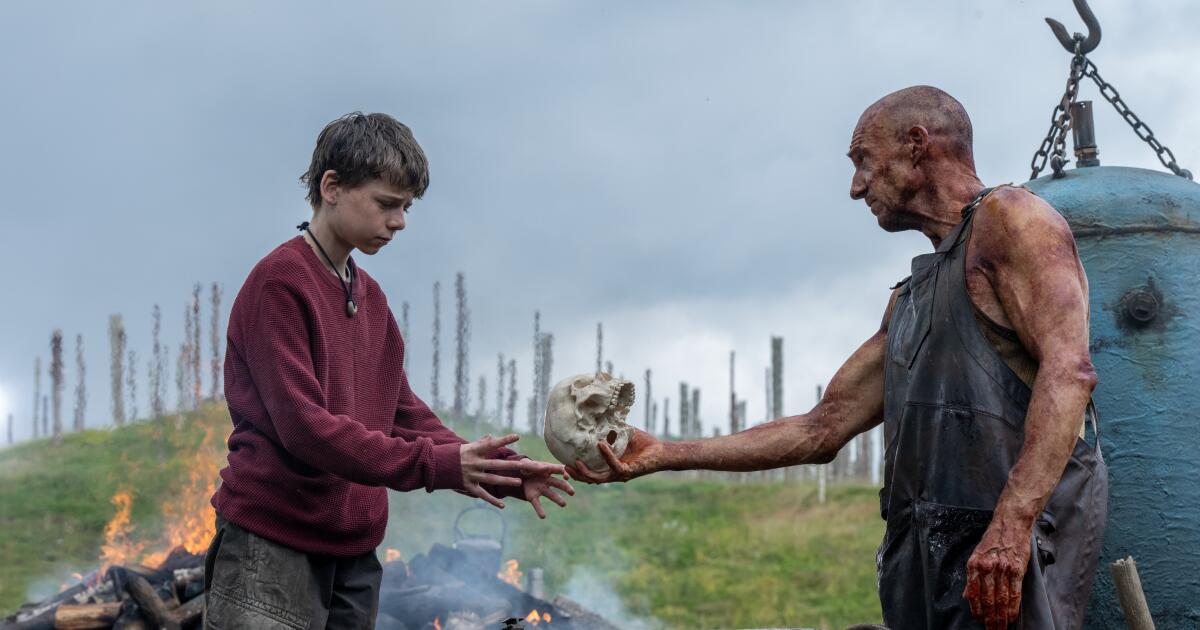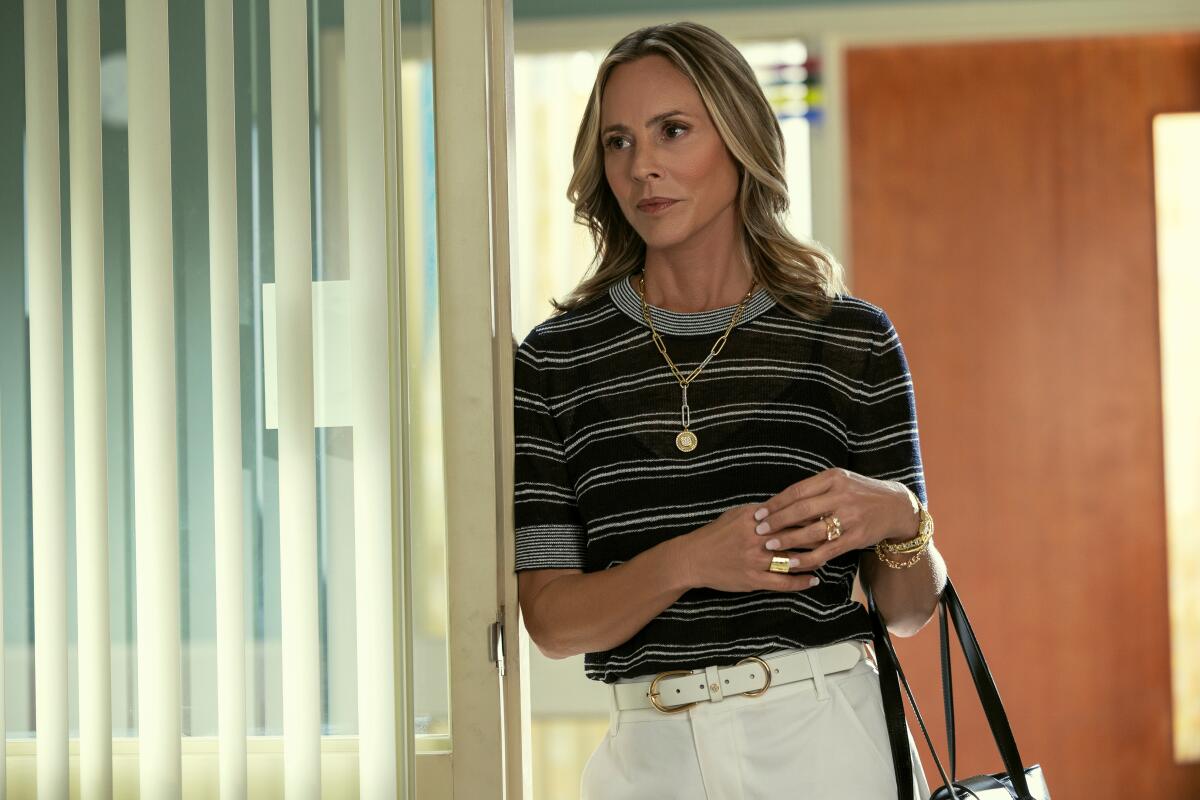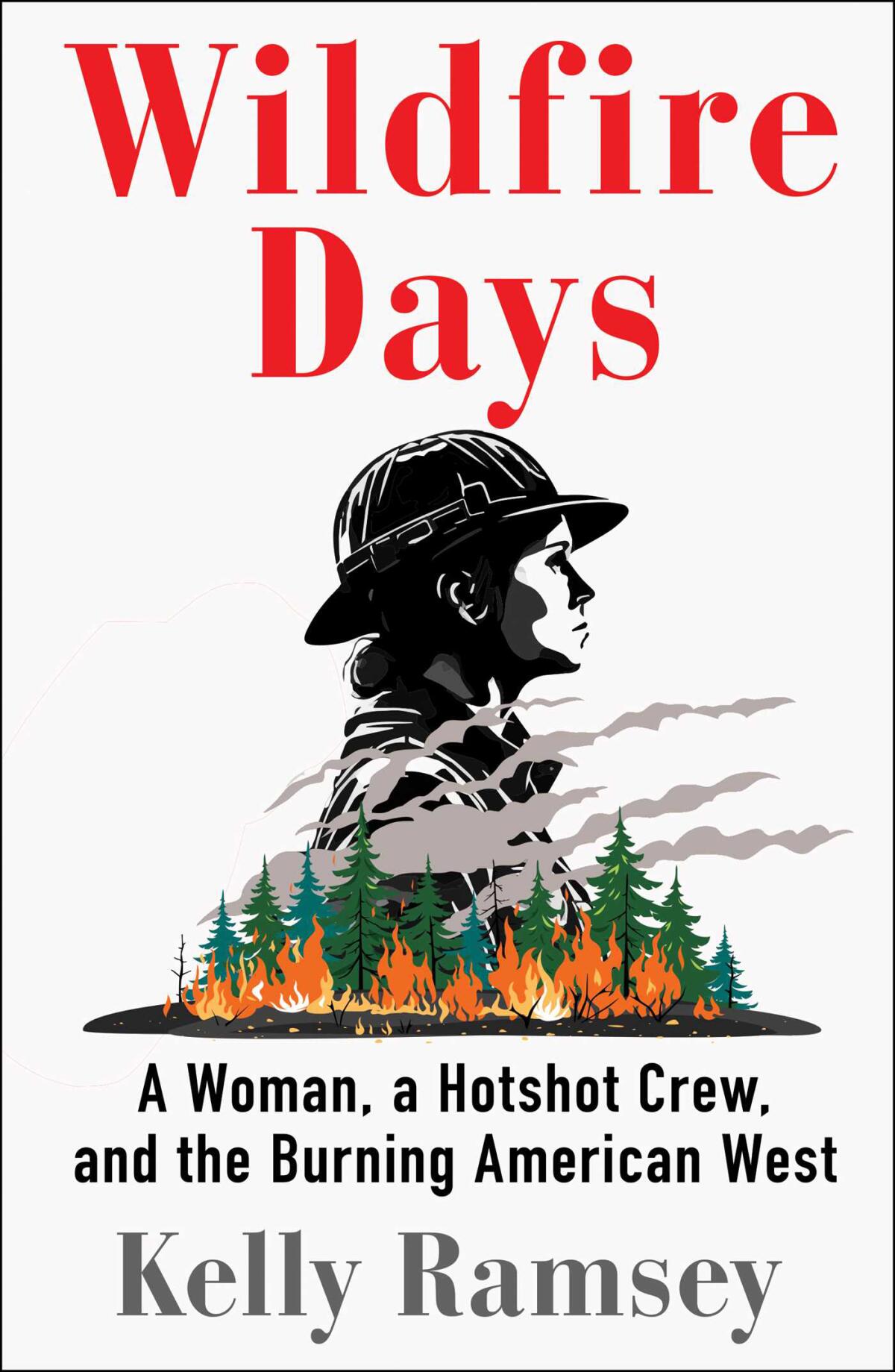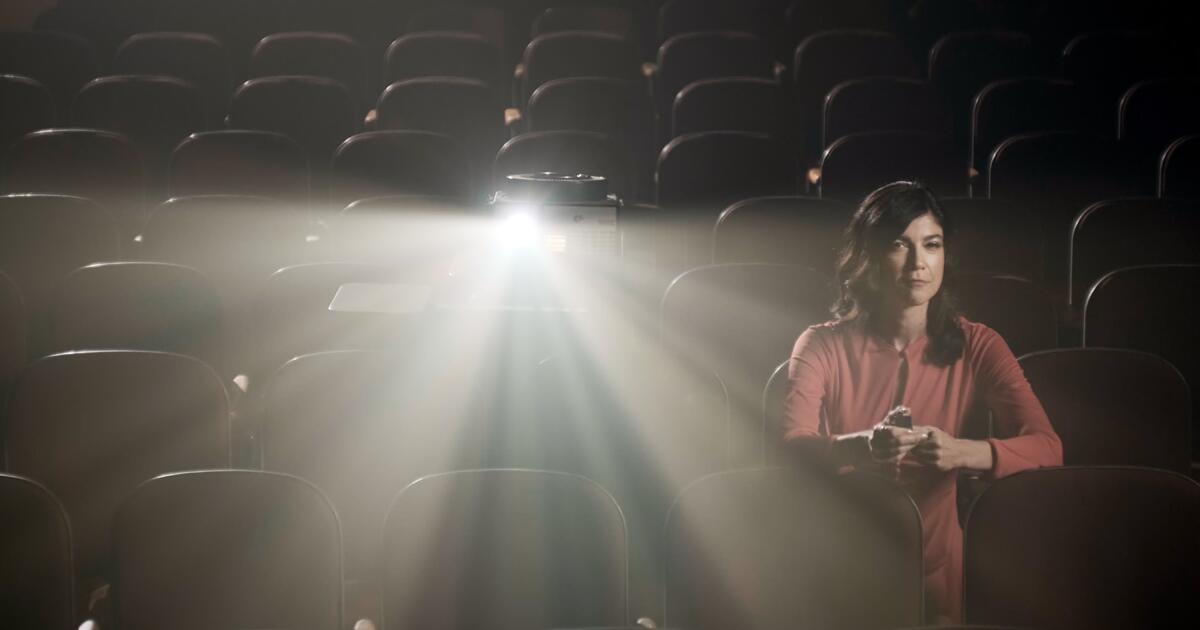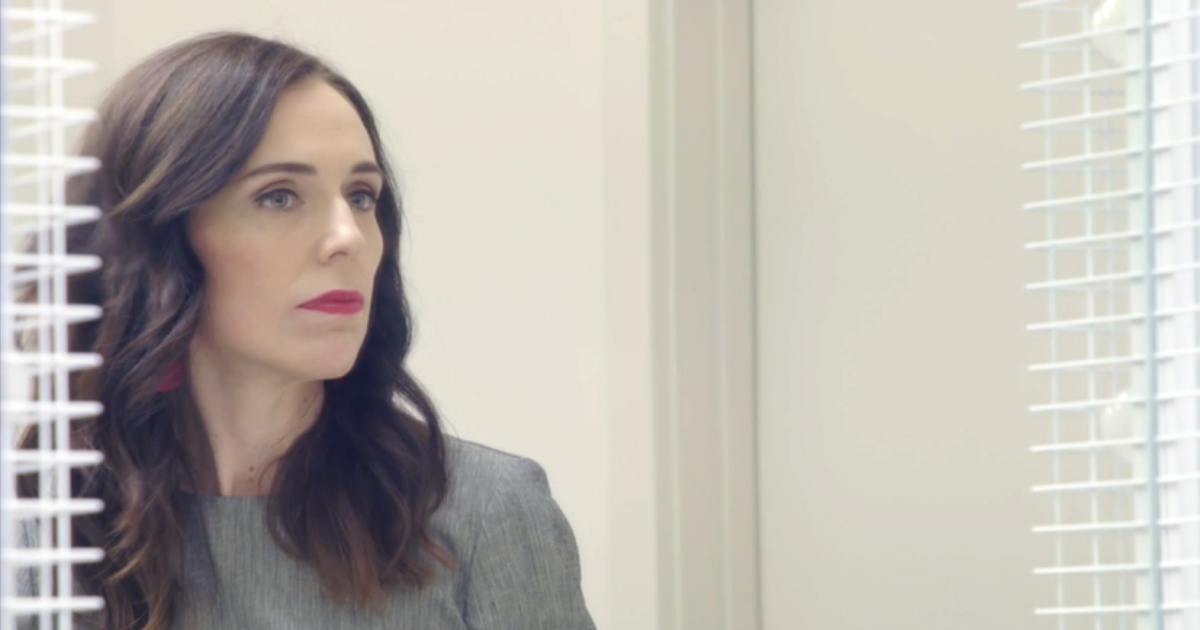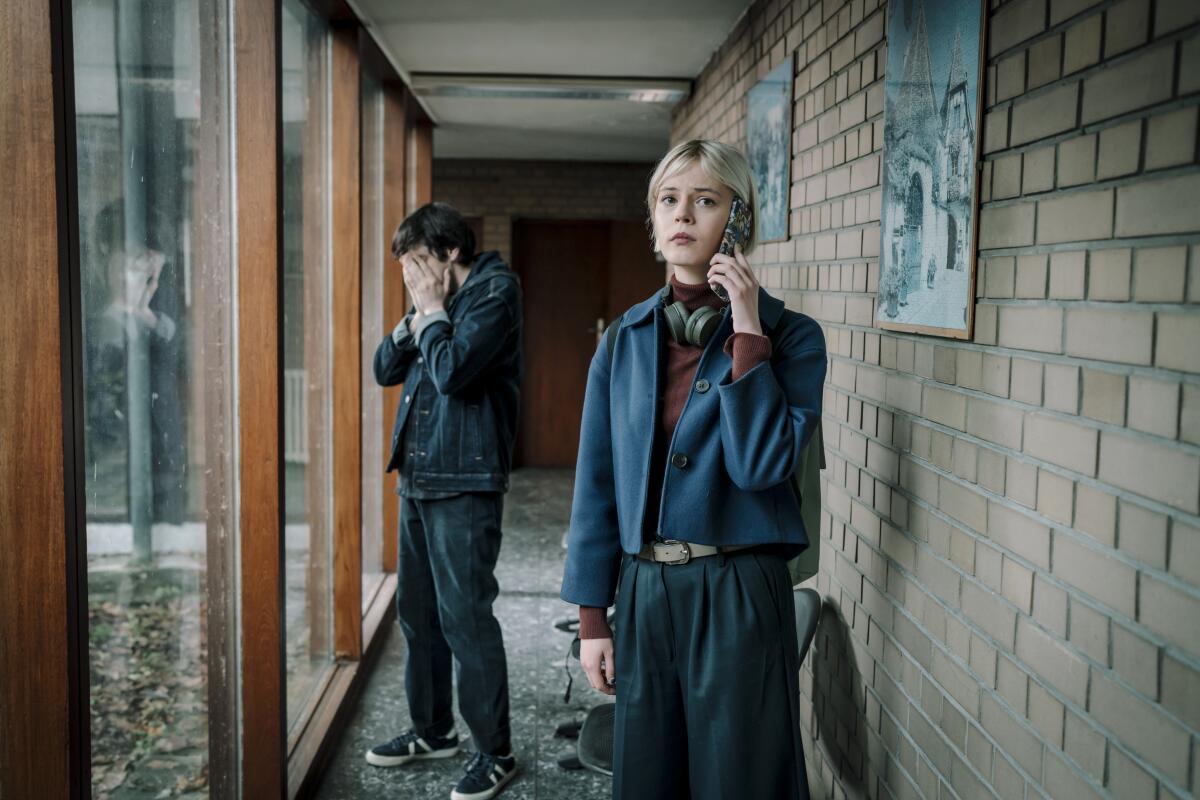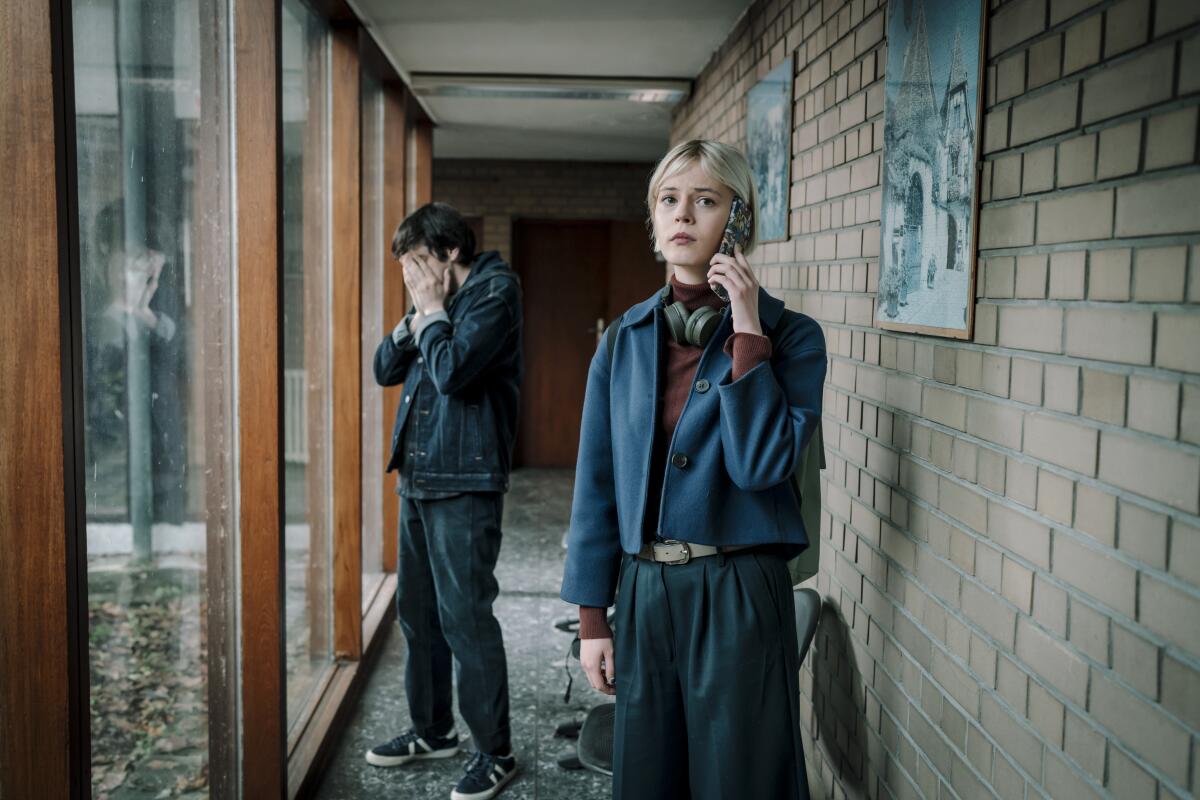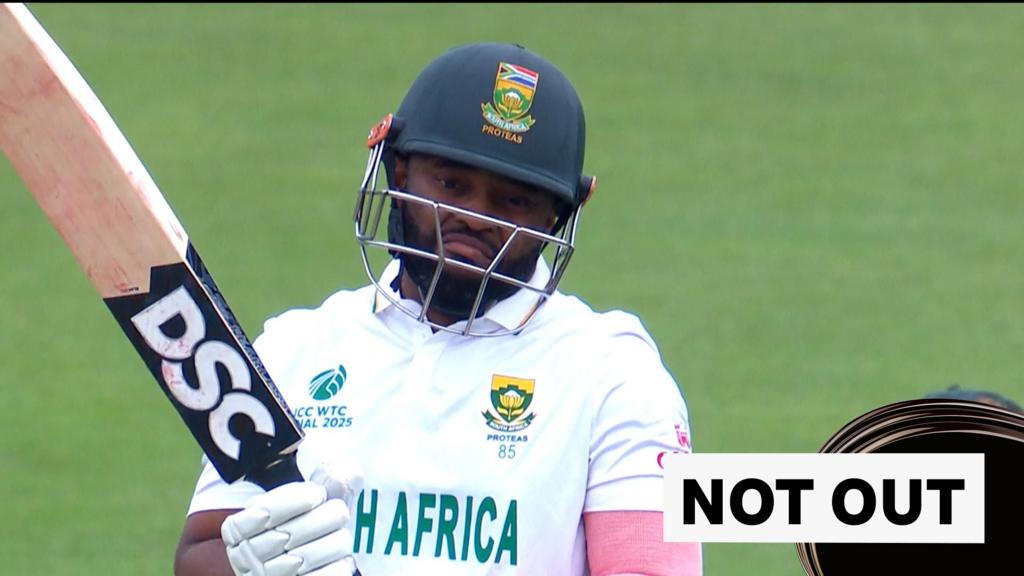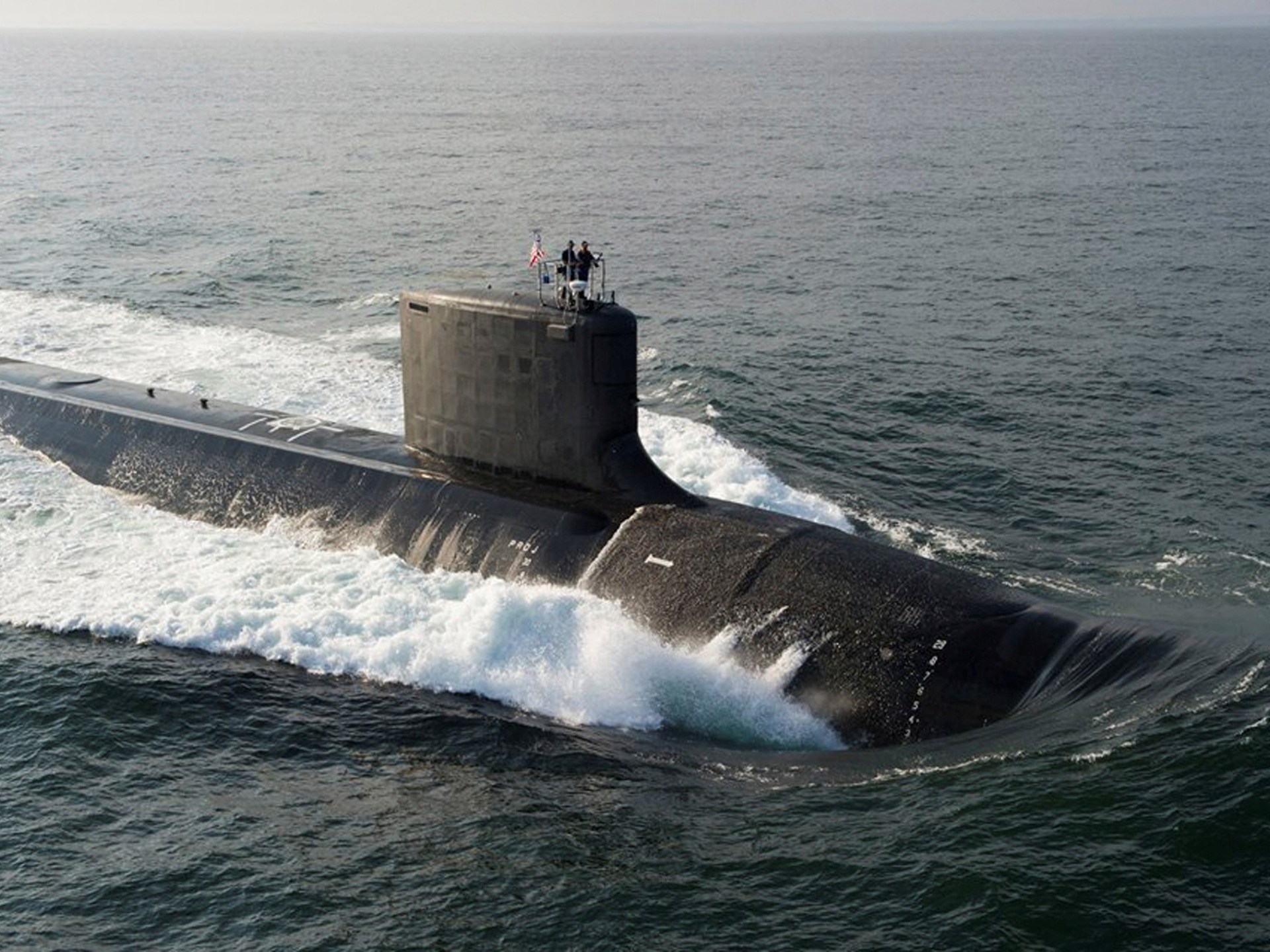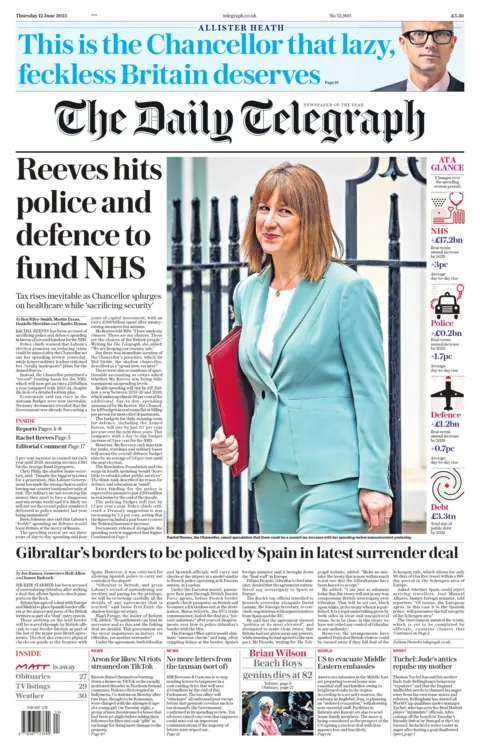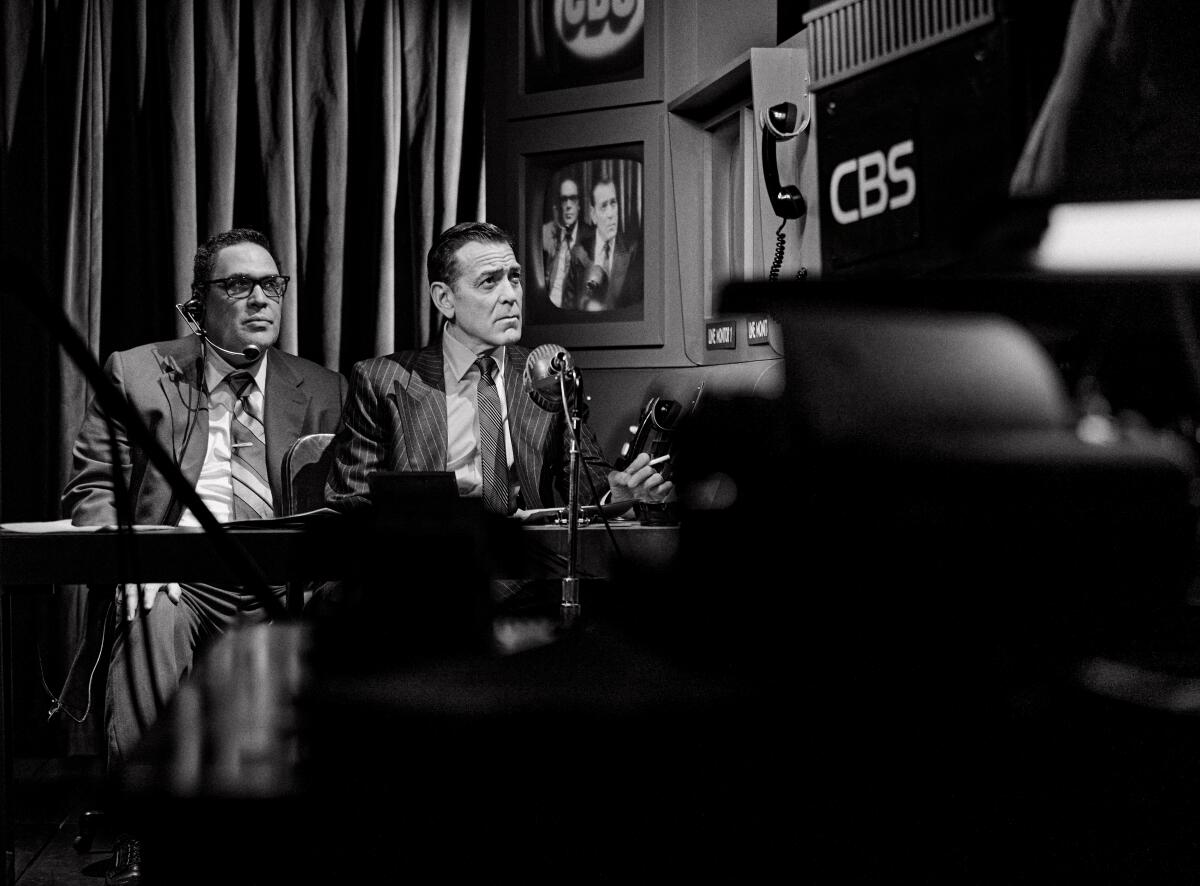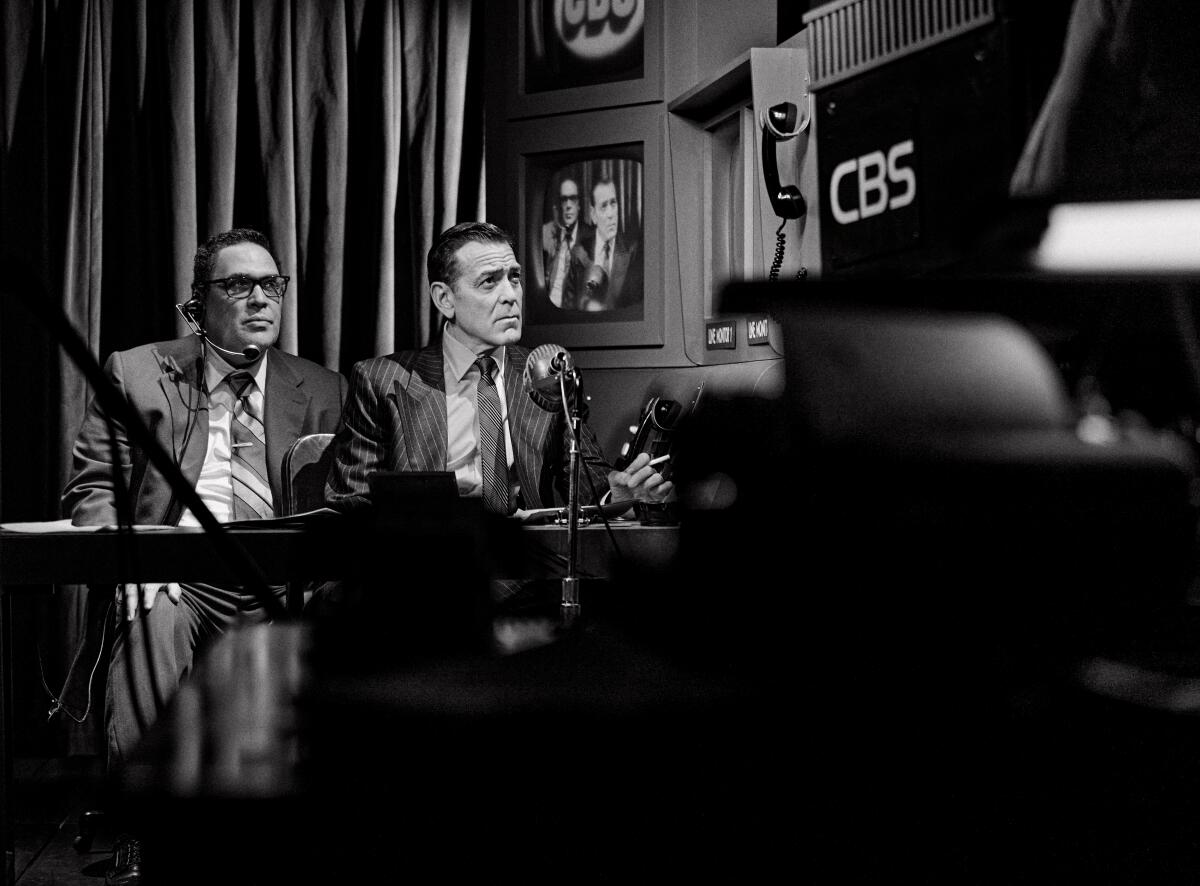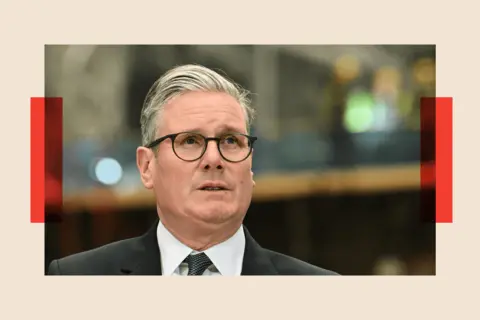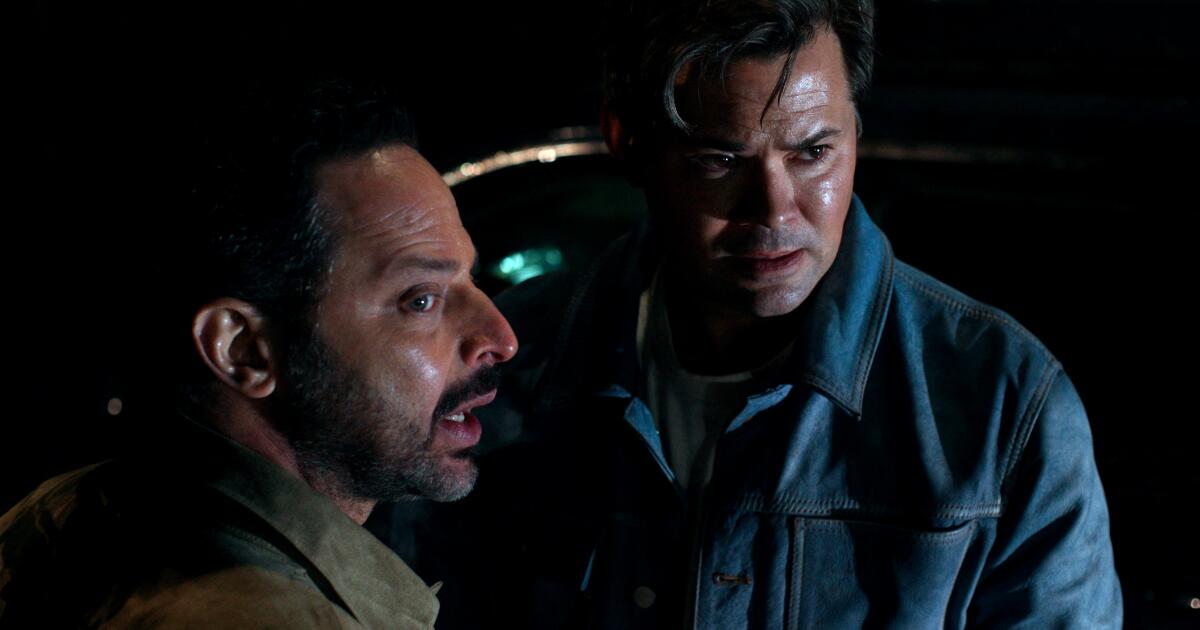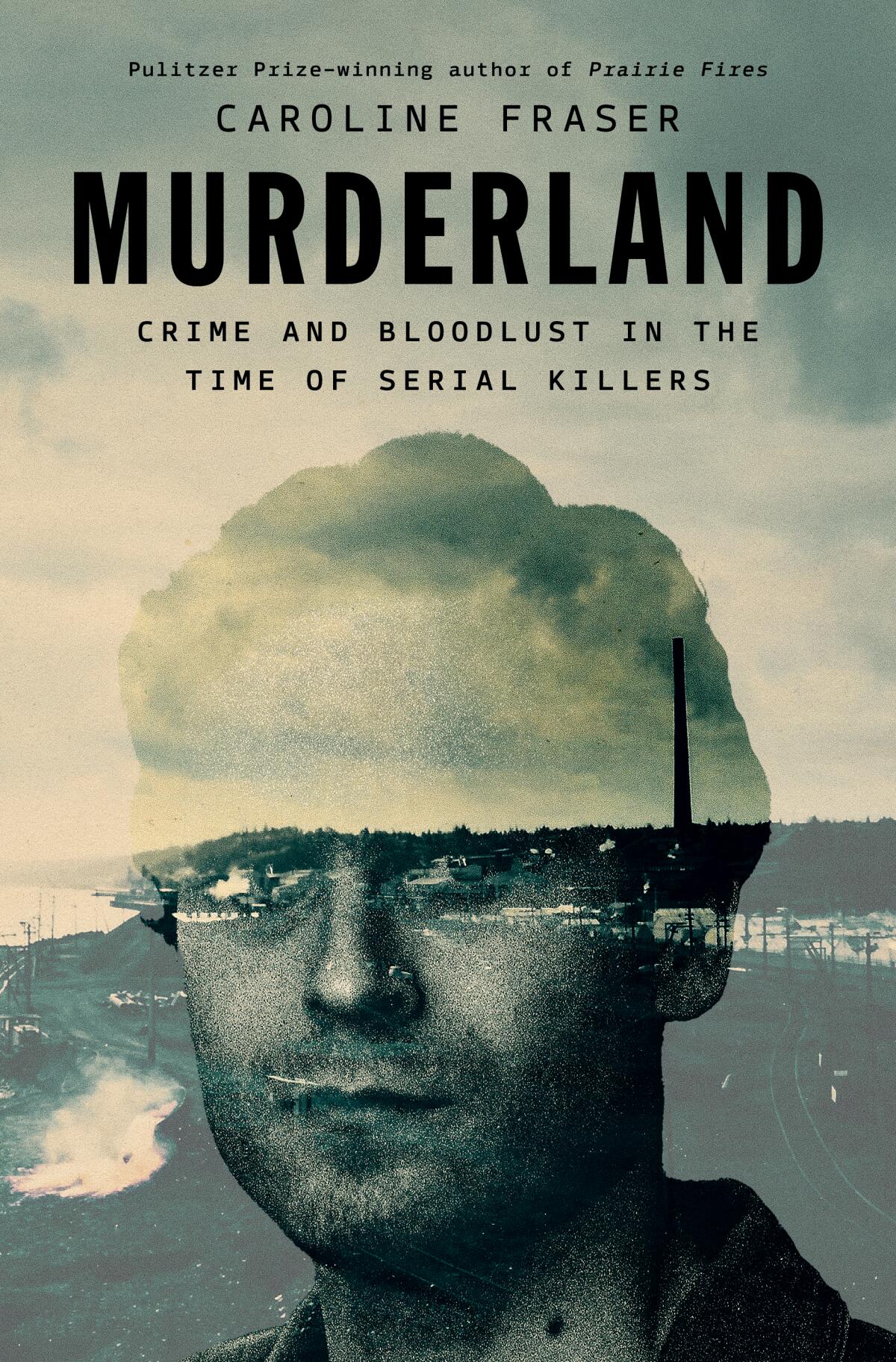‘The Damned’ review: The Civil War comes to quiet life, mesmerizingly
How much can you strip away from the war film and still have a war film?
That question invigorates “The Damned,” the new movie from Roberto Minervini, an Italian-born director who has spent the last 25 years living in America, our worrying cultural undercurrents seeping into his portraits of the marginalized and the discontent, usually documentaries.
“The Damned” represents his first foray into more traditional narrative storytelling, yet this existential drama bears all the hallmarks of his earlier work, less concerned with incident than conjuring a sense of place, time and, most important, a state of being. In his latest, Minervini brings viewers into the thick of the Civil War, only to find the same dazed souls and gnawing uncertainties that have always been his focus. It’s a war film with very little combat, but it’s about a war that still rages today.
Minervini’s naturalistic, observational style is on display from the film’s first scene, which lingers on a pack of wolves meticulously digging into an animal carcass. “The Damned” stays on the images just long enough for them to grow discomforting — when will Minervini cut away? — before introducing us to his anonymous protagonists, a collection of volunteer soldiers in the U.S. Army who have been sent out west in the winter of 1862.
The specifics of the mission are as mysterious as these men’s names as we watch them carry out the minutiae of military busywork. They set up tents. They play cards. They do target practice. Are they meant to represent the hungry wolves from the movie’s opening? Or are they the prey?
To call “The Damned” an antiwar film would be to assign an arbitrary value to what is really a series of offhand episodes consisting of only modest activity. In Minervini’s recent stellar nonfiction projects “The Other Side” and “What You Gonna Do When the World’s on Fire?,” the director collaborated with his subjects to create unvarnished glimpses of everyday lives, sometimes working from prearranged scenarios. Although Minervini is credited as “The Damned’s” screenwriter, his new film draws from a similarly close relationship with his cast, the actors drawing on aspects of their real lives to inform their roles, scenes developing from a loosely sketched-out plot.
In such an intimate, pensive atmosphere, characters emerge gradually out of the rugged landscape like windswept trees or weathered stones. The man identified in the end credits as the Sergeant (Tim Carlson, one of the subjects of Minervini’s 2013 documentary “Stop the Pounding Heart”) is ostensibly the leader, but as the untamed Montana wilderness goes from barren to snowy over an unspecified period of time, the more apparent it becomes that no commanding officer is necessary. The skeletal score by Carlos Alfonso Corral, who doubles as the film’s cinematographer, hints at an elemental menace just over the horizon. But real danger rarely occurs. Instead, these men are trapped in their own heads, their tender, confessional musings about God, war and manhood so rudimentary that they never aspire to the heights of folksy poetry. These soldiers are nothing special — as unimportant as their assignment.
Because Minervini avoids the tropes of the antiwar film — no big speeches, no ponderous metaphors — it’s almost a shock that he allows for one convention, an actual battle scene, which occurs about halfway through the 88-minute runtime. But even here, “The Damned” refuses to follow formula, resulting in an intentionally haphazard sequence as the soldiers are ambushed, the characters fleeing and shooting in every direction, the camera trailing behind them, desperate to keep them in frame. Whether it’s enemy forces or some random buffalo, the movie’s shallow depth of focus ensures that we only see our troops. Everything else resides in a permanently fuzzy, unsettled background, a constant middle distance that traps the characters in their spiritual purgatory.
There are limitations to Minervini’s spartan approach. Whereas his documentary films crackle thanks to his unpredictable interactions with his subjects, “The Damned” cannot help but feel slightly overdetermined, the outcomes predestined rather than organically unearthed. And yet, the concerns he brought to those earlier movies ripple here as well. “The Other Side,” his somber 2015 study of racist drug addicts and gun-toting militia members in rural Louisiana, remains the definitive warning of our modern MAGA age, while 2018’s “What You Gonna Do” prefigures the Black Lives Matter movement.
Now, for the first time, this prescient filmmaker visits America’s distant past, subtly pinpointing the economic inequalities, senseless brutality and thwarted masculinity that will bedevil the nation for the next 160 years. The Civil War is long over, but the country’s divisions remain, those core tensions naggingly unresolved.
Don’t think of “The Damned” as an antiwar film — consider it an origin story for Minervini’s perceptive, understated exploration of an America still in conflict.
Not rated
Running time: 1 hour, 29 minutes
Playing: Opens Friday, June 20 at Laemmle Royal, West Los Angeles

